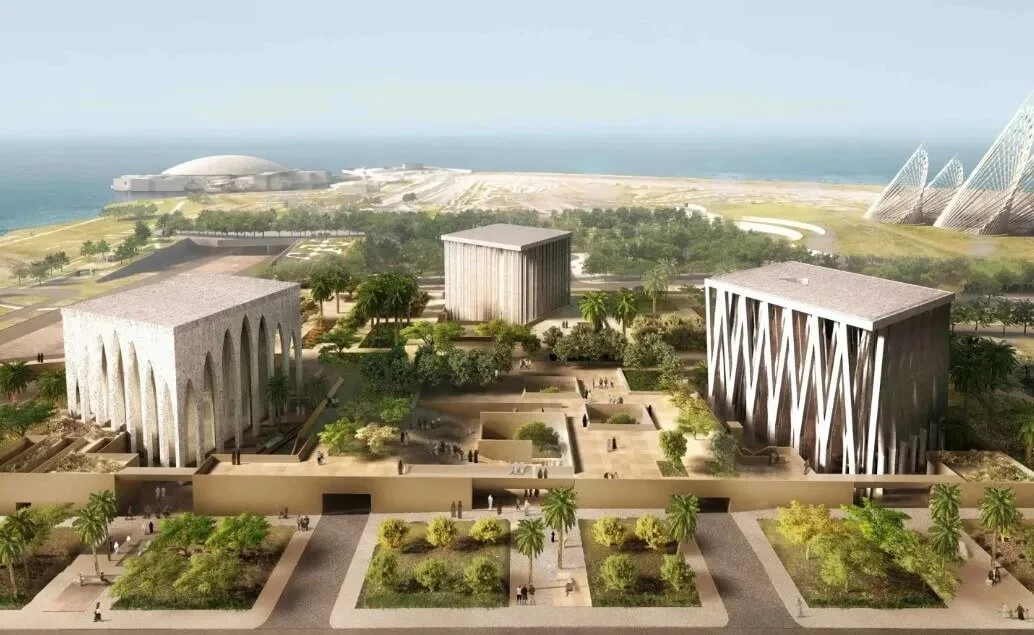The Intersection of AI and History: A Double-Edged Sword in Representing Ancient Civilizations
In the realm of historical study and the dissemination of knowledge about ancient civilizations, the advent of artificial intelligence (AI) has opened new horizons. The power of AI to reconstruct, simulate, and interpret historical moments and civilizations offers exciting possibilities for historians, archaeologists, and enthusiasts. However, this intersection is not without its challenges and pitfalls. This article delves into the pros and cons of utilizing AI to represent ancient civilizations and historical moments, exploring how this modern tool impacts our understanding of the past.
Pros of AI in Historical Representation
1. Enhanced Visualization and Reconstruction: AI can process vast amounts of data to generate detailed reconstructions of ancient sites or events. This visualization aids in better understanding the layout, architecture, and atmosphere of historical periods, making them more accessible to the public and scholars alike.
2. Predictive Analysis and Hypothesis Testing: Through machine learning and predictive algorithms, AI can analyze historical data to propose new theories or validate existing ones. This can lead to fresh insights into socio-political structures, trade networks, or cultural interactions in ancient times.
3. Educational Outreach and Engagement: AI-driven simulations and virtual reality can transform how history is taught, moving beyond textbooks to immersive experiences. This interactive approach can engage a broader audience, sparking interest in ancient cultures and history.
4. Language Decipherment and Analysis: AI has shown promise in deciphering ancient languages and scripts, some of which have long puzzled historians. This can unlock a new understanding of historical texts and epigraphs, shedding light on the thoughts, beliefs, and daily lives of past civilizations.
Cons of AI in Historical Representation
1. Accuracy and Interpretative Limitations: AI interpretations are only as good as the data and algorithms they rely on. Misinterpretations or biases in the data can lead to inaccurate representations. AI lacks the nuanced understanding that experienced historians and archaeologists bring to the table, which is crucial in interpreting complex historical contexts.
2. Over-Reliance and Diminished Human Scholarship: There's a risk that over-reliance on AI could undermine traditional historical research methods. The skills of critical analysis, archaeological fieldwork, and primary source study might be undervalued, potentially diminishing the role of human scholarship.
3. Ethical and Cultural Sensitivity Issues: AI representations may sometimes lack cultural sensitivity or context, particularly when dealing with sacred or culturally significant sites and artifacts. This can lead to the misrepresentation of cultures, often offending descendants and stakeholders.
4. Digital Divide and Accessibility: While AI tools can enhance accessibility to history, they also create a digital divide. Those without access to the latest technology or digital literacy are left out, potentially widening the gap in historical education and understanding.
Navigating the Future: Balancing AI Innovation with Historical Integrity
The incorporation of AI into the study and representation of ancient civilizations is a testament to human ingenuity, offering a new lens through which to view our past. However, it is crucial to balance this with a critical understanding of AI's limitations and potential pitfalls. The future of historical study will likely see a symbiotic relationship between AI and traditional methods, each complementing the other to enrich our understanding of the ancient world. As we embrace these technological advances, we must do so with a cautious appreciation for the complexity and depth of human history, ensuring that our representations are as accurate, respectful, and inclusive as possible.









